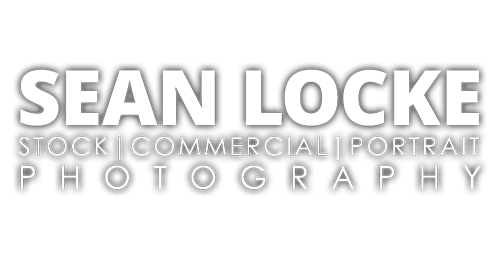Over in my iStockphoto.com portfolio, I have a growing series of 3d rendered images featuring a cute cartoony male character.
As you can see, the 3d shader description that defines his “look” gives him a bright orange, sort of velvety appearance. I went with orange because it denotes warmth and power, without the intensity of red, or the “lose it in the background” quality of yellow. Orange gives a bit of a “call to action”, “look at me” type of feeling.
However, I know some people would prefer the more typical white/grey color for the character, so I wanted to give a Photoshop way that you could modify the image to make him grey. Now, keep in mind, that for most of these shots, the character is the only thing that is orange, which makes this easier.
Let’s take a look at this image from a series for the 2010 Winter Olympics that I am working on:
As you can see, the only orange color here is the character and the reflection in the skates.
Method 1
- Create a hue/saturation layer. Open your “layers” window (F7). At the bottom of it, click on the black and white circle. Choose “Hue/Saturation”.

- Now, double click on that layer in the layer box to bring up the Adjustment window.
- Orange is made of two colors, red and yellow, so we will individually use the Adjustment controls to lower the saturation for those two colors (ie., remove the hue value of the color). This will not affect anything else, since there are no other reds or yellows in the image. Change the pulldown that says “Master” to “Reds”. Adjust the Saturation and Lightness to suit your taste.

- Now, you can see that we’ve adjusted the areas where red was predominant. Now, switch the pulldown to “Yellows” and do the same thing to adjust the top.

- Voila – the orange has been removed and we now have a grey character. Save the file and move along.
Method 2
- Instead of using the “Reds” and “Yellows” adjustments, we are going to select ALL the orange-ish pixels in the image and assign the Hue/Saturation layer to those. Under the “Select Menu”, click on “Color Range”. This enables us to make a selection based on the color of the places we click in the image.
- Set the “Fuzziness” up high, to maybe 125. This will give a range of colors around the color we actually pick. Here it is not an issue, but if he was holding something red, you may want to lower it (or later on, deselect just that area).
- Now click in the image on an orange area. You can see in the dialog box it is creating a selection silhouette. Hold shift down, and keep clicking on different orange values until you build up a pretty good silhouette of the character.

- That’s a pretty good selection (although notice his right elbow isn’t completely white). Click OK.
- Now, create a Hue/Saturation layer as detailed in Method 1. Leave the pulldown on “Master” and lower the saturation and up the brightness to your choosing.

- You can see there are some areas on his head and elbow we missed, due to my poor clicking. Remember, now, this Hue/Saturation effect is only being applied to the selection we had when we created it, and that is defined by the opacity mask shown in the layer window. To catch those bad areas, we click on that layer mask, and use a paintbrush colored white to paint in those areas. Now, this will increase the brightness of the area we paint, as well as removing color, so we wouldn’t want to do it over the boot area, but the rim, with the white around it is fine. can’t get any brighter than white!
 Now, you see we get a little bit of a different look to his “skin” than the first method. That’s because the shadows tend to have more red in them, and the highlights, more yellow, and in Method 1, we adjusted those separately. In Method 2, we adjusted all the orange together. Your choice which look you want.
Now, you see we get a little bit of a different look to his “skin” than the first method. That’s because the shadows tend to have more red in them, and the highlights, more yellow, and in Method 1, we adjusted those separately. In Method 2, we adjusted all the orange together. Your choice which look you want.
Conclusion
Hopefully this will help you adjust this 3d Orange Guy series (or any thing else color related) to your needs. If there are other objects that the layers are affecting in the image, use some selective painting in the opacity mask to remove them from the Hue/Saturation effect.
PS…
Tomorrow, I will unveil the totals from my holiday kids’ charities drive. For more details and a chance to win 50 FREE iStockphoto credits, click here.









